Freckles
Mole
Basal cell carcinoma (BCC)
Squamous cell carcinoma (SCC)
Melanoma
Bowen's disease
Detect
What is skin cancer?
Skin cancer is a common type of cancer that begins in one of the layers of the skin. It is usually, but not always, found in areas of skin that have been exposed to the sun. People with fair skin are more prone to skin cancers compared to darker-skinned people. Your risk of being diagnosed with skin cancer also increases with age.
Around 80% of cancers diagnosed by doctors are skin cancers.2
There are 2 types of skin cancer: melanoma and non-melanoma. Over 85% of skin cancers are non-melanoma skin cancers.
Australia has the highest rate of skin cancers in the world.
What does skin cancer look like?
Any new or unusual spot, lump or growth on your skin could be a skin cancer. A new mole, a mole that changes in size or shape and looks different to your other mol es should be investigated. If a spot or mole is rough, lumpy, itchy, bleeding or weeping, it's important to get it checked.
Melanoma or non-melanoma skin cancer
Melanoma is an uncommon type of skin cancer, but it is also the most dangerous one. It can readily spread to other parts of the body. Melanomas begin to form in skin cells called melanocytes· and can be red, pink, brown or black. A melanoma requires urgent treatment.
Non-melanoma skin cancers are much more common. They don't spread as easily but if left untreated, they will keep growing, destroying more skin and affecting underlying tissues.
Treatment depends on the type of skin cancer and how advanced it is. Know all your treatment options to make an informed decision.

Risk
What’s my skin cancer risk level?
Australia is recognised as the skin cancer capital of the world.
Most skin cancers are caused by exposure to UV radiation from the sun. People with white skin used to think that having a suntan looked healthy. But there is no such thing as a healthy tan. A tan is your skin reacting to trauma.
UV radiation from the sun causes damage to your skin which builds up over time and increases your risk of skin cancer. It also causes premature ageing of your skin with an increase in lines, moles, sunspots and wrinkles.
Your particular risk of skin cancer also depends on your complexion and how your skin responds to the sun.
2 in 3 Australians will get skin cancer.
How to prevent skin cancer
The best way to reduce your risk of skin cancer is to protect your skin from the sun. For the best sun protection, the Australian Cancer Council recommends a combination of protective measures whenever you go outside:
- Slip on some sun-protective clothing that covers as much skin as possible
- Slop on broad spectrum, water resistant SPF30 (or higher) sunscreen
- Slap on a hat – one that protects your face, neck and ears
- Seek shade under a tree, umbrella and out of direct sun
- Slide on a pair of sunglasses or protective eyewear
If not treated early, skin cancer can spread which makes treatment more complicated. Know all your treatment options to make an informed decision.
Diagnosis
What to do if you think you may have skin cancer
If you have discovered a suspicious spot, your GP is usually your first port of call. They have been trained to detect skin cancers. Your GP may refer you to a dermatologist or surgeon. You can also go directly to a skin cancer clinic. Your treating doctor will look carefully at the spot and may check the rest of your body as well. A biopsy (where a small part of the spot is removed and sent for testing) is often performed. Sometimes a biopsy will remove all of a skin cancer and no further treatment is needed.
Five Australians die of skin cancer every day

Recently diagnosed with non-melanoma skin cancer? Know all your treatment options to make an informed decision.
How is skin cancer treated?
Treatment depends on the type of skin cancer and how advanced it is. If not treated early, skin cancer can spread which makes treatment more complicated.
Melanoma treatment options.
For melanomas the doctor will most likely recommend surgery and/or radiation therapy. Your doctor may also recommend targeted therapy and/or immunotherapy drugs.
Surgery is the most common first line therapy. The doctor first applies an anaesthetic, then cuts out the cancerous tissue. They may close the wound with stitches. For larger cancers, a skin graft from another part of your body may be required. Surgery may leave a scar.
Radiation therapy. This type of treatment uses a controlled dose of strong x-rays to kill or damage the skin cancer cells.
Targeted therapy is a drug treatment used to treat skin cancer that has already spread. It may be combined with lymph node surgery if your cancer has reached the lymph nodes.
Immunotherapy drugs can also be used in advanced skin cancers to help your body fight the cancer.
Non-melanoma skin cancer treatment options
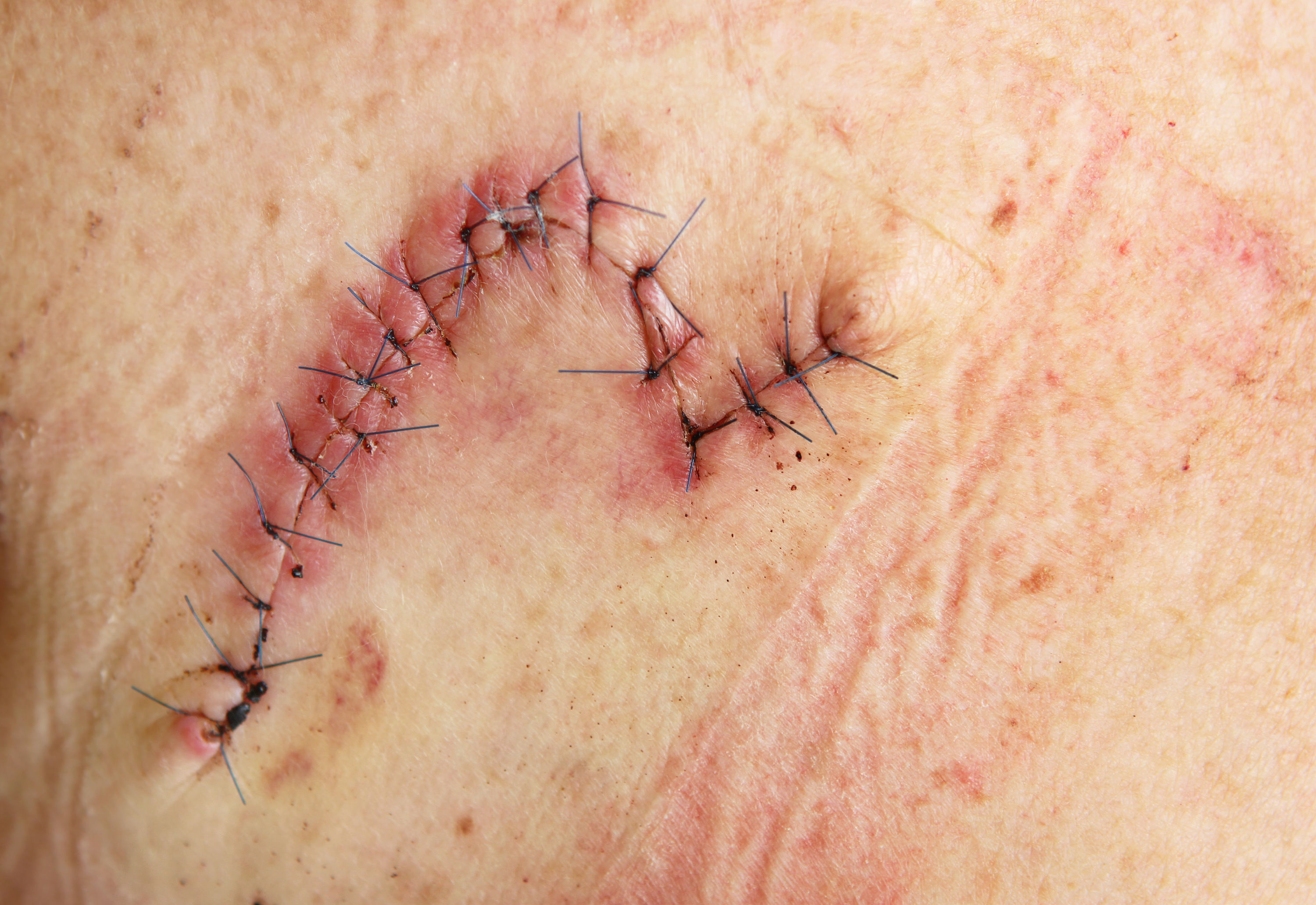
Surgery is also a common treatment option for non-melanoma skin cancer; in particular ‘Mohs’ surgery. This is an invasive procedure to remove the cancer in several steps. First, a thin layer of tissue is removed. Then, a second thin layer of tissue is removed and viewed under a microscope to check for cancer cells. Layers are removed one at a time until the tissue viewed under a microscope shows no remaining cancer.
Electrodessication and curretage is an option for some non-melanoma skin cancers. The doctor scoops out the cancer with a small, spoon-shaped instrument, then seals the wound and destroys any remaining cancer cells using heat.
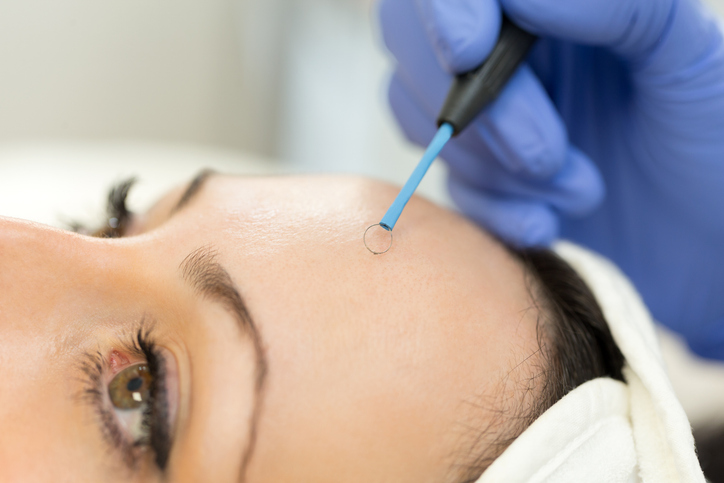
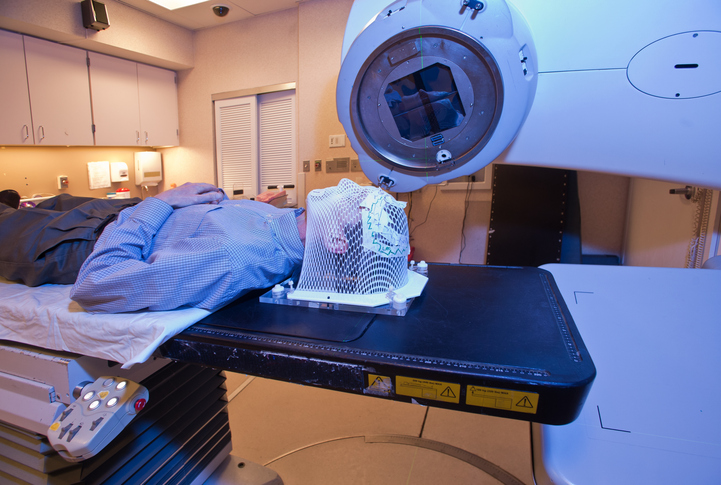
External beam radiation is sometimes used instead of surgery, especially for large non-melanoma skin cancers or for people who are not well enough to have surgery.10,13 It uses a beam of electrons to kill the cancer cells.
Light-based treatment may be recommended for early non-melanoma skin cancers. For 2-3 weeks the skin is prepared by applying cream or ointment daily. Then the doctor places you under an LED phototherapy lamp. This provokes an immune reaction by your body which kills the skin cancer. The process may or may not be painful.
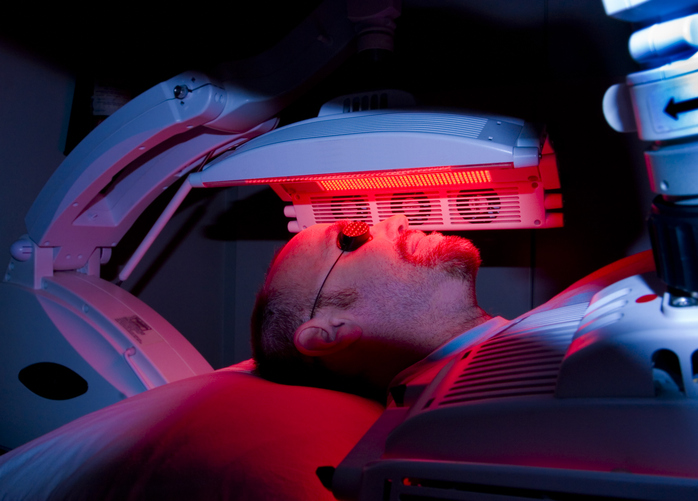
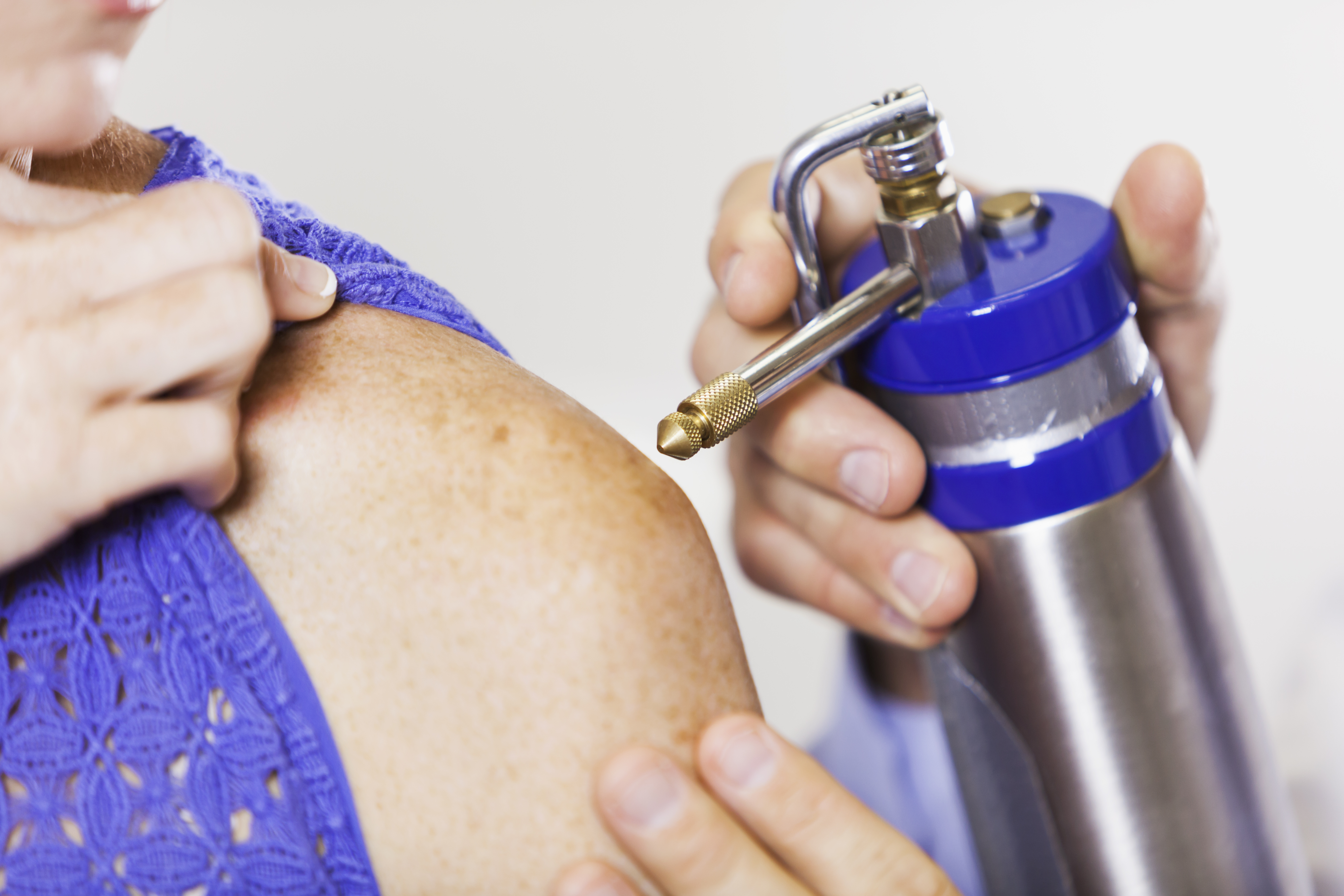
Cryotherapy (freezing). This can be used for small, shallow skin cancers. After applying an anaesthetic, the doctor uses liquid nitrogen to freeze the cancer and destroy the cells. A blister or sore may form which heals, revealing healthy skin. Reduced skin pigmentation may occur.
Topical Treatment. For Bowen’s disease (a mild, slow-growing type of skin cancer), a chemotherapy cream can be applied to the skin for a period of time. Burning, redness and sores may occur.
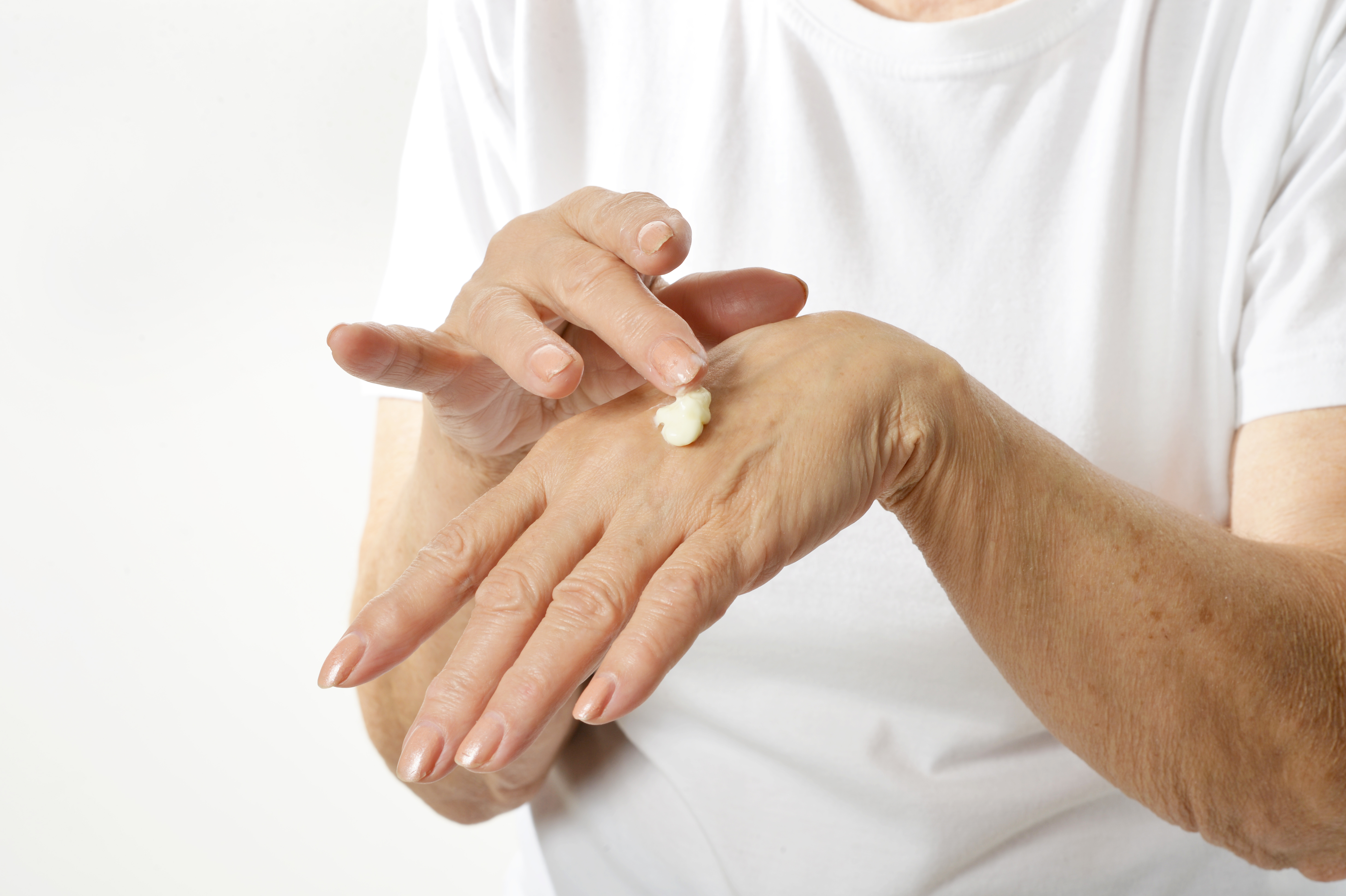
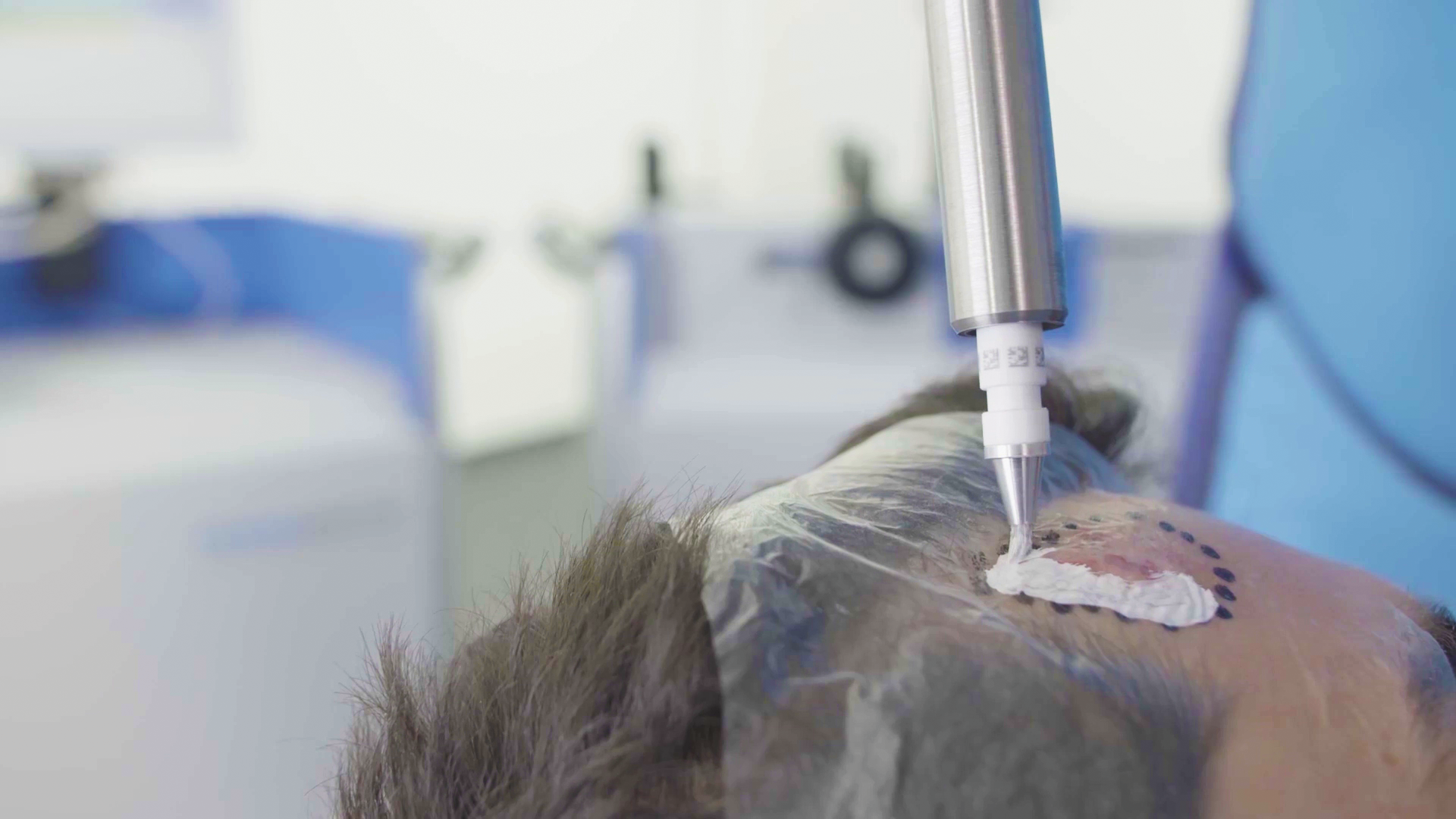
Rhenium-SCT therapy. This is a type of localised radiation therapy that uses a rhenium-188 isotope which is applied as a paste for a single session* lasting 45 to 180 minutes.14-16 It is painless† and non-invasive.‡14,15 A crust or scab forms that may become itchy. Rhenium-188 therapy leaves no scar but the skin may appear lighter.
*Complete tumour regression in 98.5% of lesions treated.
†No reported pain
‡A procedure is considered non-invasive when no break or cut in the skin is created.
Ask your doctor about the most up-to-date skin cancer treatment options.
